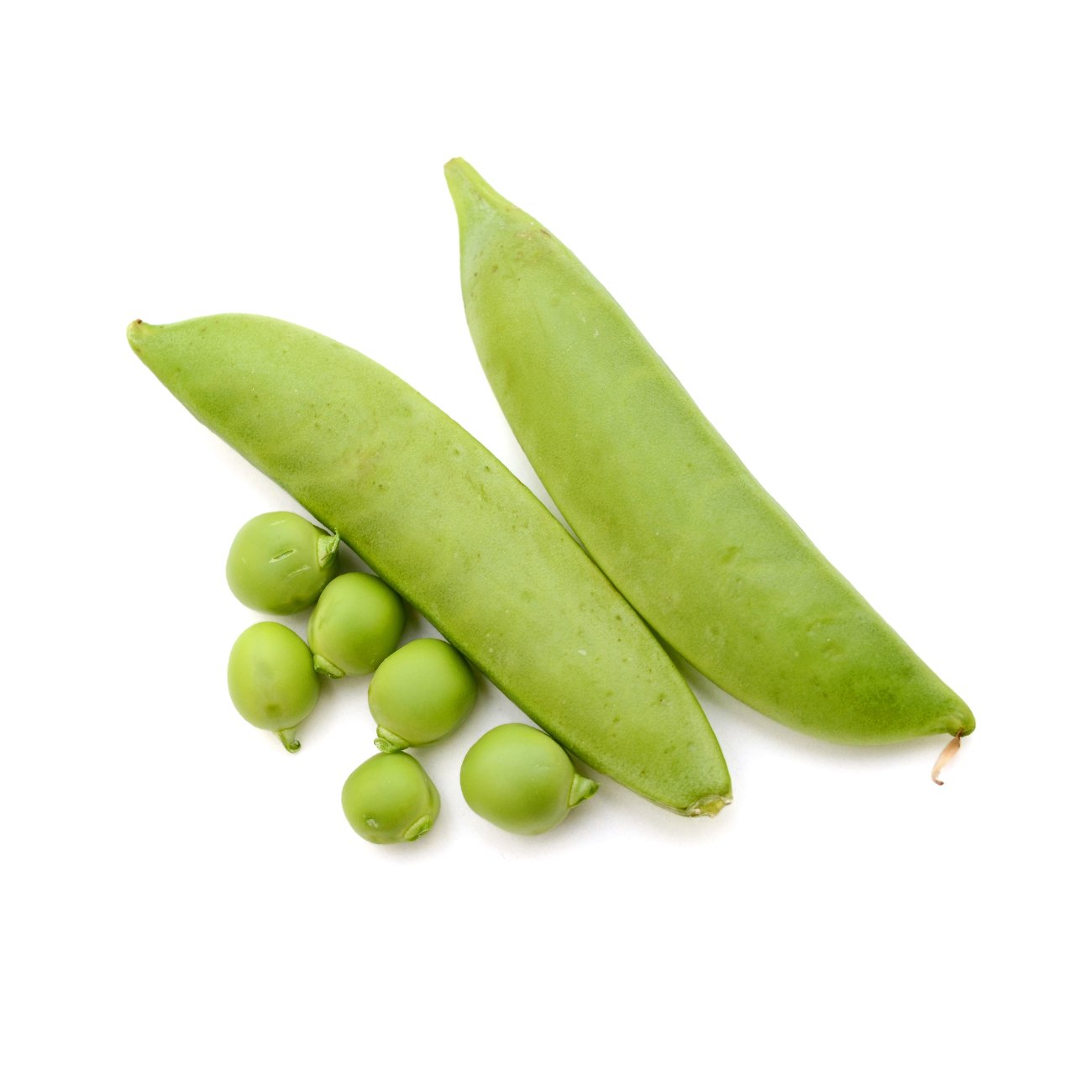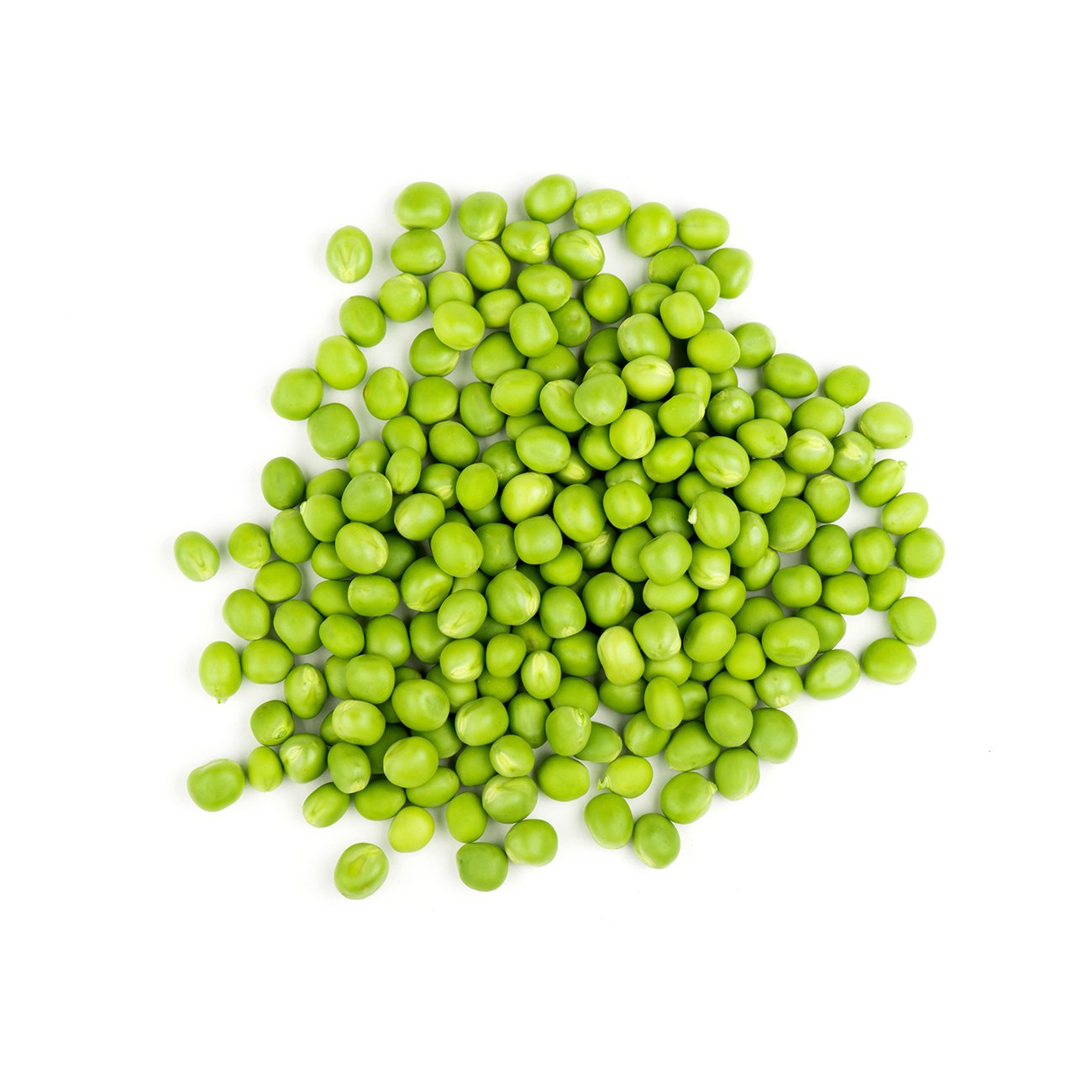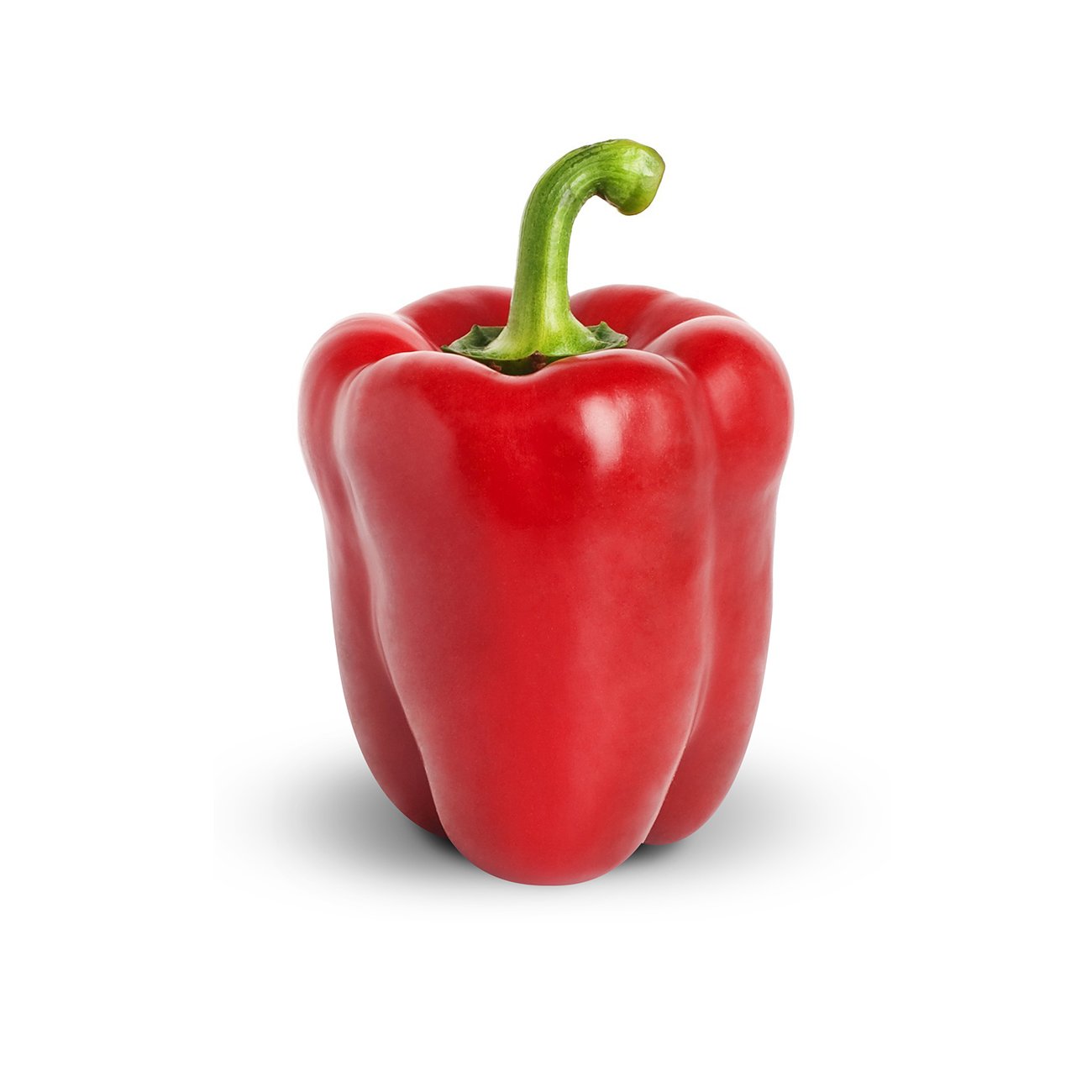Peas, snow (pod)
Delicious fresh as a snack or stir-fried with other veg.
Alternative Name
Chinese pea pods, mangetout
Scientific Name
Pisum sativum var. saccharatum
Health benefits
Bones & joints Brain & nervous system Heart Immune system Skin
Snow peas are almost completely flat with little bumps where the tiny peas are inside the pod. The entire pod is eaten (including the peas). The term mangetout—French for 'eat all'— can be used to describe these and sugar snap peas. Their crunchy texture and mild flavour lend them to versatile use, both raw and cooked.
-
Harvesting
Edible snow peas are harvested when the seeds are very small and immature. They are selected for size and maximal recovery of bright green, flat pods with minimal seed enlargement.Postharvest storage temperature
Optimum storage is 0°C. Snow peas are highly perishable and will not maintain good quality for more than 2 weeks. Wilting, yellowing of pods, loss of tenderness, development of starchiness and decay are likely to increase following storage beyond 14 days. Defects occur faster at distribution conditions of 5–10°C. Freezing injury will be initiated at -0.6°C, which results in water-soaking typically followed by rapid decay by soft rot bacteria.Controlled atmosphere storage
Reports vary widely in the benefit of controlled atmospheres for snow peas. Atmospheres of 2–3% O2 and 2–3% CO2 are considered to offer the best, but moderate, benefit to peas beyond that of rapid cooling and low temperature storage. Low O2 may promote off flavours and off odours. Other studies report that 5–7% CO2 extends pod quality at 0°C. Improper controlled atmosphere/modified atmosphere conditions in ready-to-cook vegetable medleys often leads to off flavours and fungal decay at the blossom end of the pod.Ethylene sensitivity
Peas are moderately sensitive to exogenous ethylene. Accelerated yellowing and decay will result from extended exposure to low levels during distribution and short-term storage. The calyx is more sensitive than the pod.Humidity storage
Peas should be held at 95–98% relative humidity.Disease & infection
A variety of fungal pod spotting and decay pathogens affect snow peas. Common diseases include chocolate spot and grey mould, watery soft rot, rhizopus rot, and ascochyta pod spot. Bacterial soft rot is common following rough handling or freezing injury. Surface decay can occur readily, on weak calyxes (brown at harvest) and on blossom remains. -
Trim before use. Keep in vegetable drawer of fridge.
Nutrition information
| Qty per serve | % RDI per serve | Qty per 100g | |
|---|---|---|---|
| Energy | 107 kJ | 1% | 143 kJ |
| Protein | 2.1 g | 4% | 2.8 g |
| Fat, total | 0.2 g | 0% | 0.2 g |
| – saturated | 0 g | 0% | 0 g |
| Carbohydrate | 3.1 g | 1% | 4.2 g |
| – sugars | 2.5 g | 3% | 3.4 g |
| Dietary fibre, total | 1.9 g | 7% | 2.6 g |
| Sodium | 3 mg | 0% | 4 mg |
| Biotin | 4.0 µg | 13% ESADDI | 5.3 µg |
| Folate | 31 µg | 16% RDI | 42 µg |
| Pantothenic acid | 0.56 mg | 11% ESADDI | 0.75 mg |
| Thiamin | 0.11 mg | 10% RDI | 0.15 mg |
| Vitamin A (from carotenoids) | 87 µg RE | 12% RDI | 116 µg RE |
| Vitamin C | 45 mg | 113% RDI | 60 mg |
| Vitamin K | 19 µg | 23% ESADDI | 25 µg |
| Iron | 1.6 mg | 13% RDI | 2.1 mg |
Note: % RDI are based on an average adult diet of 8700 kJ. Your daily intakes may be higher or lower depending on your energy needs. RDI = Recommended Dietary Intake; ESADDI = Estimated Safe and Adequate Daily Dietary Intake.

You might also like
Veggy tip
You can eat snow peas raw but the cooking process causes them to become sweeter and makes the nutrients more available.



